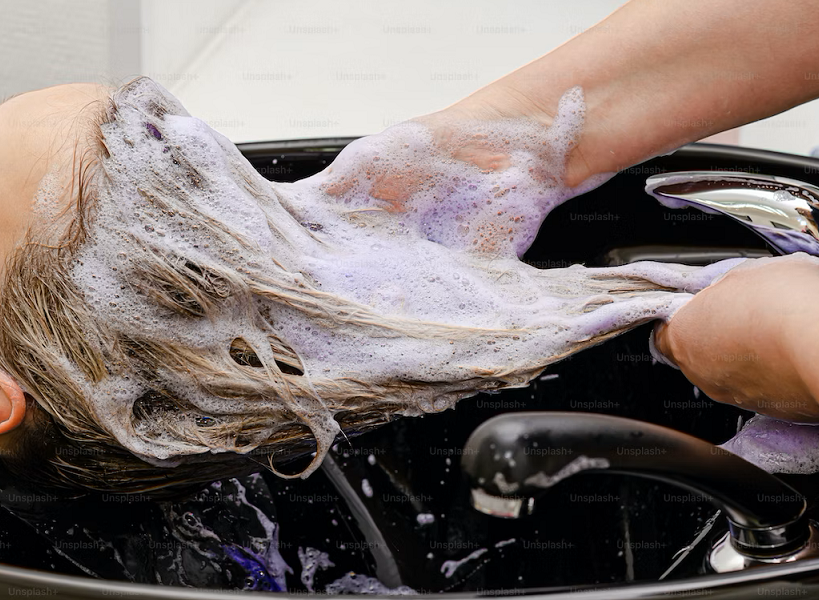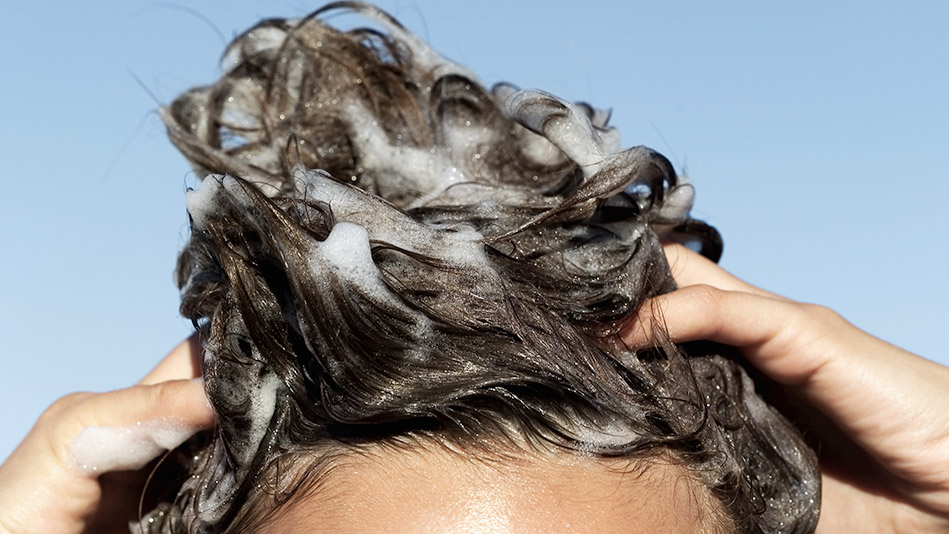How to Get Shampoo Residue Out of Hair? Exclusive Guide
For many beauticians and hair enthusiasts, shampoo residue is an ongoing challenge that can lead to dull, lifeless hair and scalp irritation. If you're searching for a life-changing solution to help your clients maintain gorgeous, squeaky-clean hair, you're in the right place. Offering a remarkable solution to this common issue, well explore precisely how to get shampoo residue out of hair safely, gently, and effectively.
Shampoo residue buildup occurs when product particles aren't entirely rinsed out, leaving behind a sticky coating after hair washing. This problem can damage hair health and even hinder styling outcomes. Thankfully, with advanced technology-approved twists in hair care, there are numerous ways to tackle shampoo residue like a pro.

What Causes Shampoo Residue in the First Place?
Understanding why shampoo residue persists is the first step in combating it. Below are the most frequent culprits:
- Overuse of Shampoo: Applying excessive amounts can create more lather than the water can effectively rinse off.
- Hard Water: Mineral-filled water struggles to break down shampoo particles entirely.
- Not Rinsing Thoroughly: Often underestimated, improper rinsing traps product in the hair shafts.
- Silicones & Synthetics: Many shampoos contain ingredients that cling to hair, requiring extra cleansing effort.
Additionally, if your clients are using expired products, the consistency and efficacy can be incomplete. Learn more about this in our article Expired Shampoo Risks.
Step-by-Step Guide to Removing Shampoo Residue
Step 1: Select the Right Cleansing Technique
The solution begins before water hits the hair. Instead of using any random shampoo, guide your clients on choosing a product free from silicones, sulfates, and heavy chemicals. Equip them with the knowledge they need through trusted resources such as Choosing the Right Shampoo.
Step 2: Use a Clarifying Shampoo
Remarkably beneficial, clarifying shampoos are formulated to dissolve tough product buildup, including shampoo residues and excess oils. Swap their regular products for a clarifying option once weekly for tremendous long-term results.
Step 3: Rinse Hair Methodically
One shocking reason why residue sticks around is improper rinsing. Encourage clients to rinse for at least 30-60 seconds longer than they think is necessary, focusing on the roots and nape where buildup thrives.
Step 4: Incorporate Natural Remedies
If your clients prefer a DIY approach, vinegar rinses or baking soda pastes can work wonders. A simple apple cider vinegar rinsediluted with water in a 1:4 rationeutralizes residue and restores pH balance.
Step 5: Avoid Overwashing
Did you know over-washing strips the natural oils, exacerbating buildup by forcing hair to produce more oil? Help clients define their washing schedule based on their hair type. For further guidance, check out Shampooing Strategies for Hair Types.
Shocking Technology-Approved Tricks to Prevent Residue
Soft Water Showers
One tremendous upgrade to consider is installing a water softener to counter hard waters effects. Technology now allows clients access to showerheads that reduce minerals, preventing residue buildup even before shampoos touch their scalp.
Switch to Silicone-Free Products
As bold as it seems, silicone-free shampoos and conditioners make a remarkable difference. Without synthetic polymers, your clients will find hair easier to clean, and youll be delighted with better styling options.
Educate Clients on Label Reading
Teach your clients to identify harmful ingredients like parabens, phthalates, and artificial fragrances. Encourage them to invest in quality hair care items suitable for their unique needs.

FAQs Section
Why does shampoo residue occur more in hard water areas?
Hard water contains an excess of minerals like calcium and magnesium that prevent shampoo from lathering and rinsing effectively, leading to stubborn residue.
Can clarifying shampoos damage hair if used often?
Yes, overuse of clarifying shampoos may strip hair of essential natural oils. Use it sparinglyonce a week is a safe recommendation for most hair types.
What are some natural substitutes for removing shampoo residue?
Apple cider vinegar rinses, baking soda pastes, and even aloe vera gel can target and dissolve residue buildup effectively without harsh chemicals.
Ready to transform your approach to residue-free hair care? Dive deeper into professional advice through our article Aveeno Shampoo Review and explore what works best for your clients!
This article contains affiliate links. We may earn a commission at no extra cost to you.
